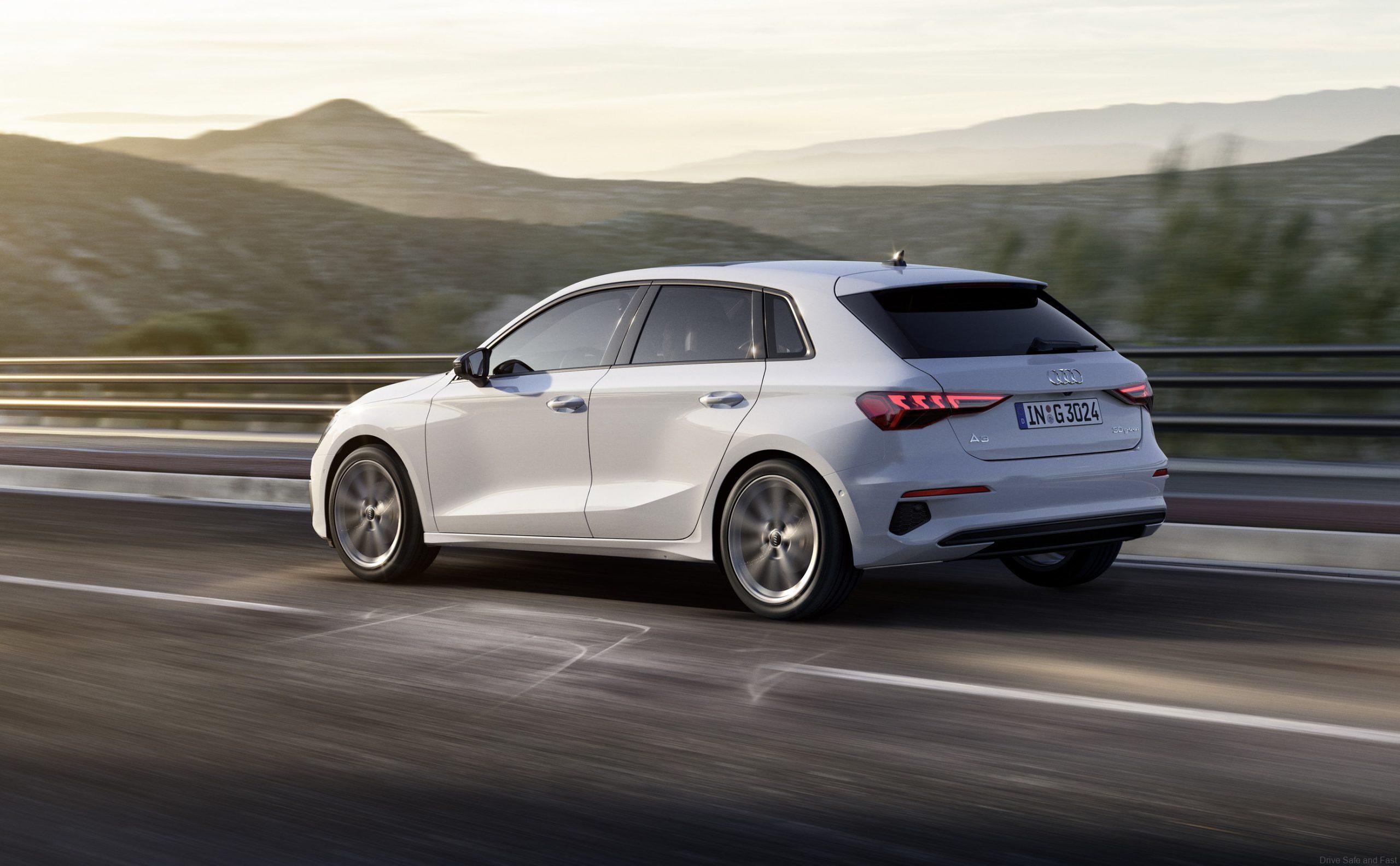While everyone is moving to EVs, Audi has quietly announced a natural gas powered A3.
What lies underneath the hood of this normal looking A3 is actually a rather interesting powertrain and power supply system? The figures associated with the 1.5 TFSI turbocharged four cylinder may not seem significant on the face of it, but the engineering behind this engine is fascinating to say the least.

Getting the numbers of this powertrain out of the way first, 131 PS and 200 Nm of torque is transferred to the front wheels through a 7 speed S-tronic transmission. Netting a 0-100 km/h time of an adequate 9.7 seconds, and a top speed of 211 km/h. As for economy and the environment, the average NEDC fuel consumption and range are 3.5 kg of CNG per 100 km and 495 km respectively. This 1.5 litre engine also produces 96 g/km of CO2.
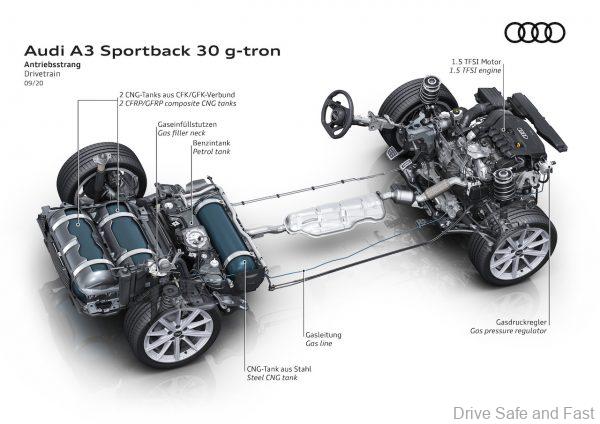
As mentioned prior, looking at these rather insignificant numbers don’t tell the full story behind what is actually a really clever power package. Just be forewarned there will be some engineering nerdery here, so if you aren’t into that just skip the next paragraph or two to get back to the story.
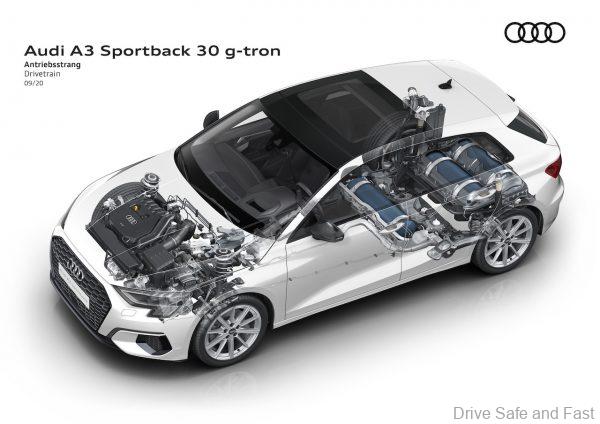
While the 1.5 litre lump may seem like a normal engine, it actually runs on a high compression Miller cycle, as opposed to the Otto cycle seen on most petrol-powered cars. The benefit of this is that the Miller cycle was actually designed to work under partial load conditions, which is most of the time for combustion-engined cars. Thus, this translates to greater operational efficiency than in a normal fuel-powered car. A 20 per cent reduction in CO2 emissions compared to comparable petrol engines, thanks to the high hydrogen content in CNG, is the icing on top of this cake.
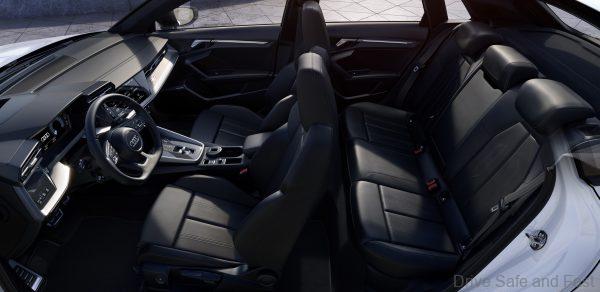
In addition to that, the engine can be also made to run on petrol in certain conditions to maintain smooth running, such as when the tank pressure is low. At times like this, the 9 litre fuel tank will feed the engine automatically. Audi goes on to claim that the driver will not even notice the switch to petrol consumption, with the only observable difference being the fuel needle moving within the digital instrument cluster.
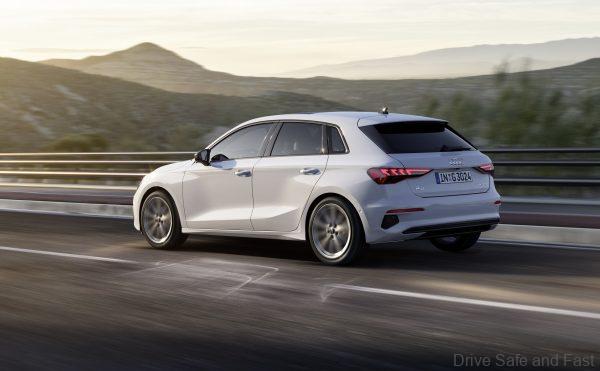
On to the gas tanks themselves, three gas tanks sit at the rear-third of this hatchback, providing a total capacity of 18 kg of CNG. Both filler necks for the CNG and petrol are found under the same sole filler flap. The gas tanks may be larger than the equivalent petrol tank, but the boot space still remains usable with a cargo capacity of 280 with all the seats up, extending to 1,100 litres with all the seats folded down.
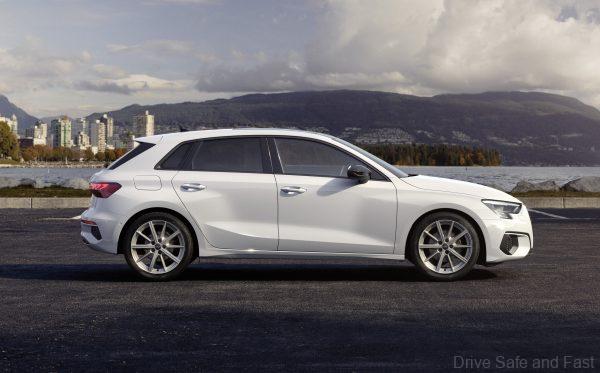
Speaking about practicality, the A3 g-tron comes with the usual Audi tech and features found on the normal A3. These include LED headlights, digital instrument cluster, 10.1-inch touch display and leather-covered multifunction steering wheel to name a few.
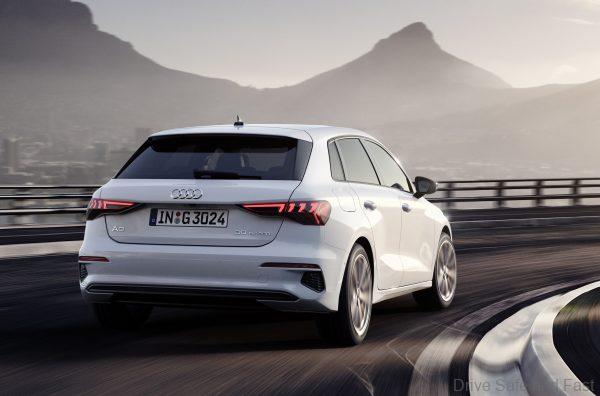
This CNG-powered Audi A3 g-tron will be on sale in Germany in the fall of this year. Now the reason why this particular Audi is on the German market is mainly due to economic reasons, as most of you would have shrewdly guessed by now.
Germany is offering a favourable tax rate on natural gas and bio methane until 2026. Factoring to that the 850 CNG filling stations in Germany, this alternative fuel Audi may be a financially savvy buy for the German motorist.
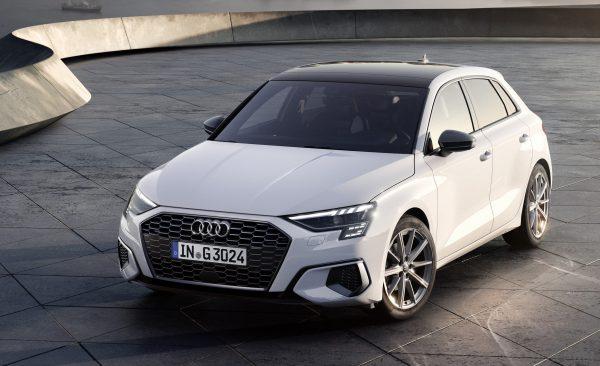
The fact that Audi has developed a CNG-specific engine does bring up an interesting point for the Malaysian auto industry though. It would be stating the obvious that the German EV infrastructure is way ahead while our Malaysian EV infrastructure will not be ready for another couple of years, even decades perhaps. So why don’t we see if CNG would be the way forward for our local auto industry?
Audi adds a new member to the A3 family: The A3 Sportback 30 g-tron. Operation with natural gas or biomethane makes the compact model particularly economical and climate-friendly with very low emissions. Like all variants of the new A3 model series, it boasts a sporty design, a digital operating concept and generous standard equipment. Sales in Germany begin in fall 2020 at a base price of €30,705.88.


